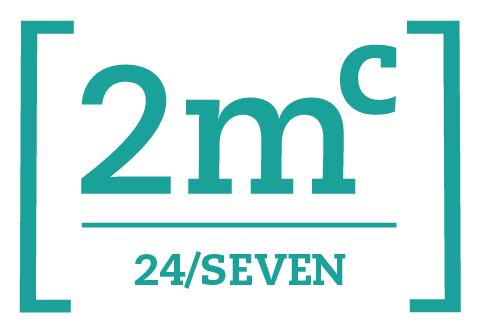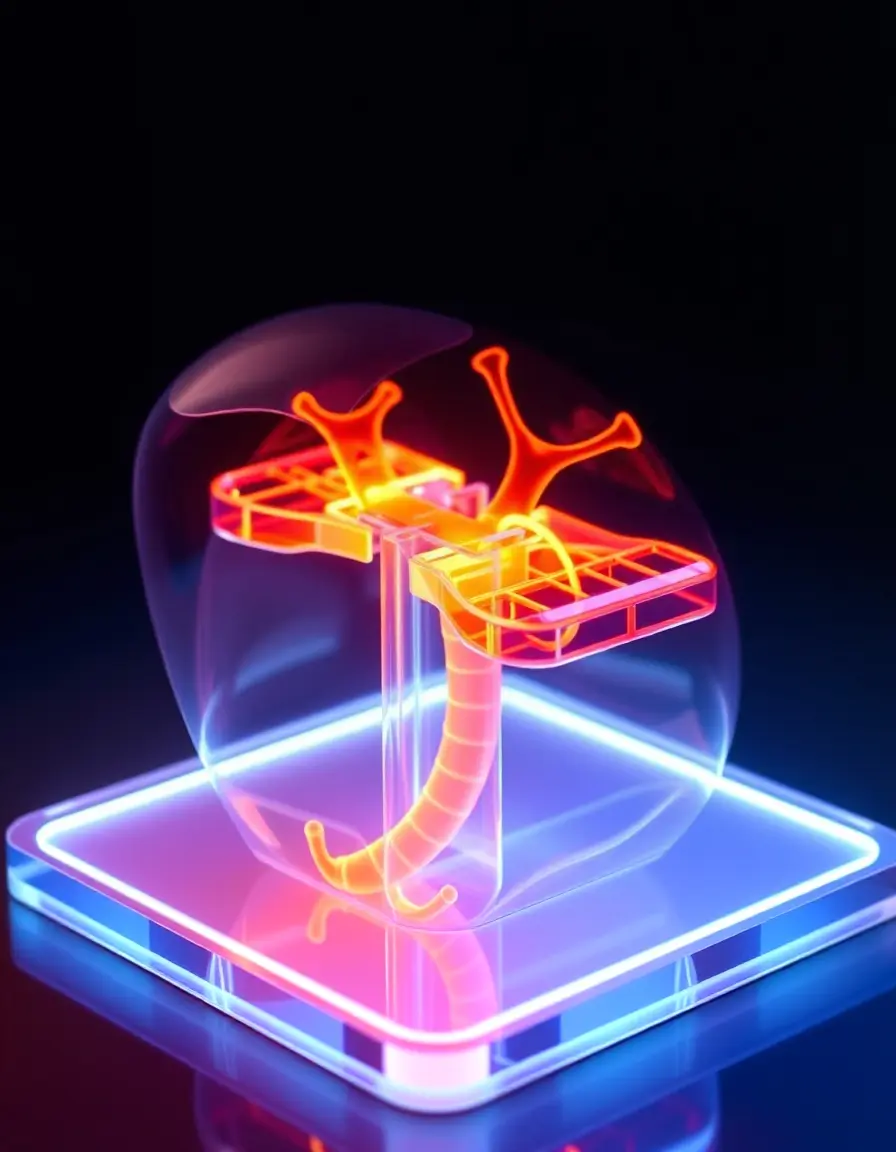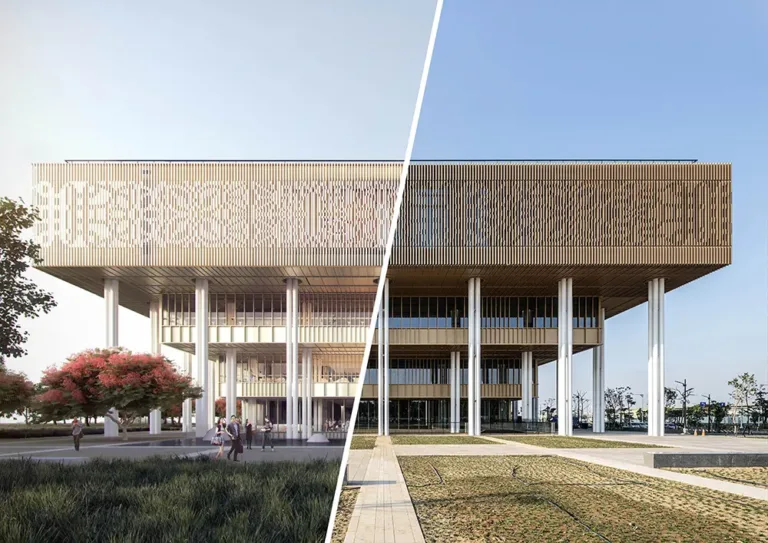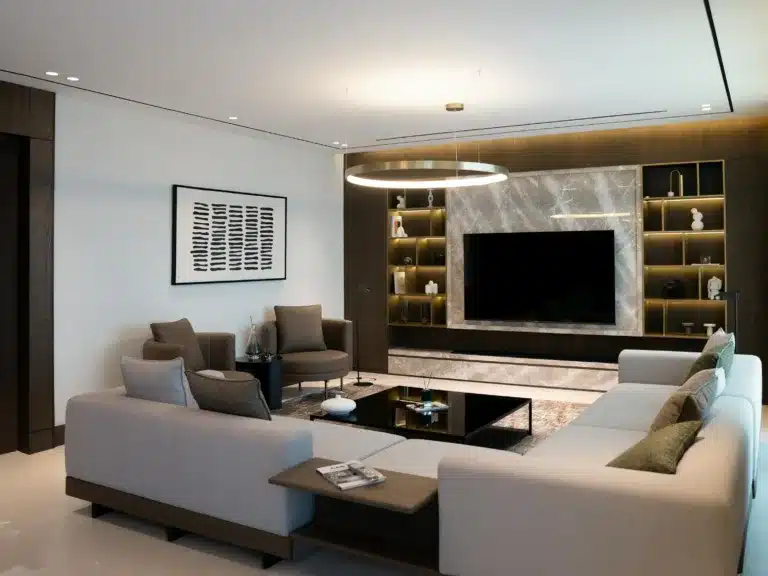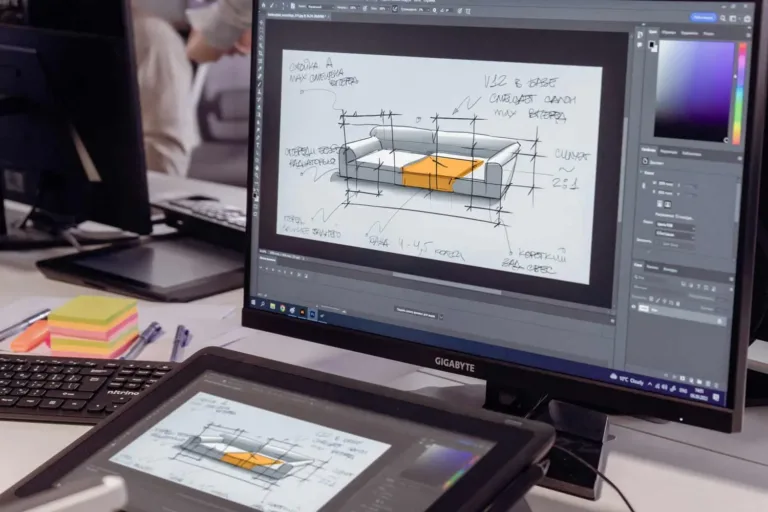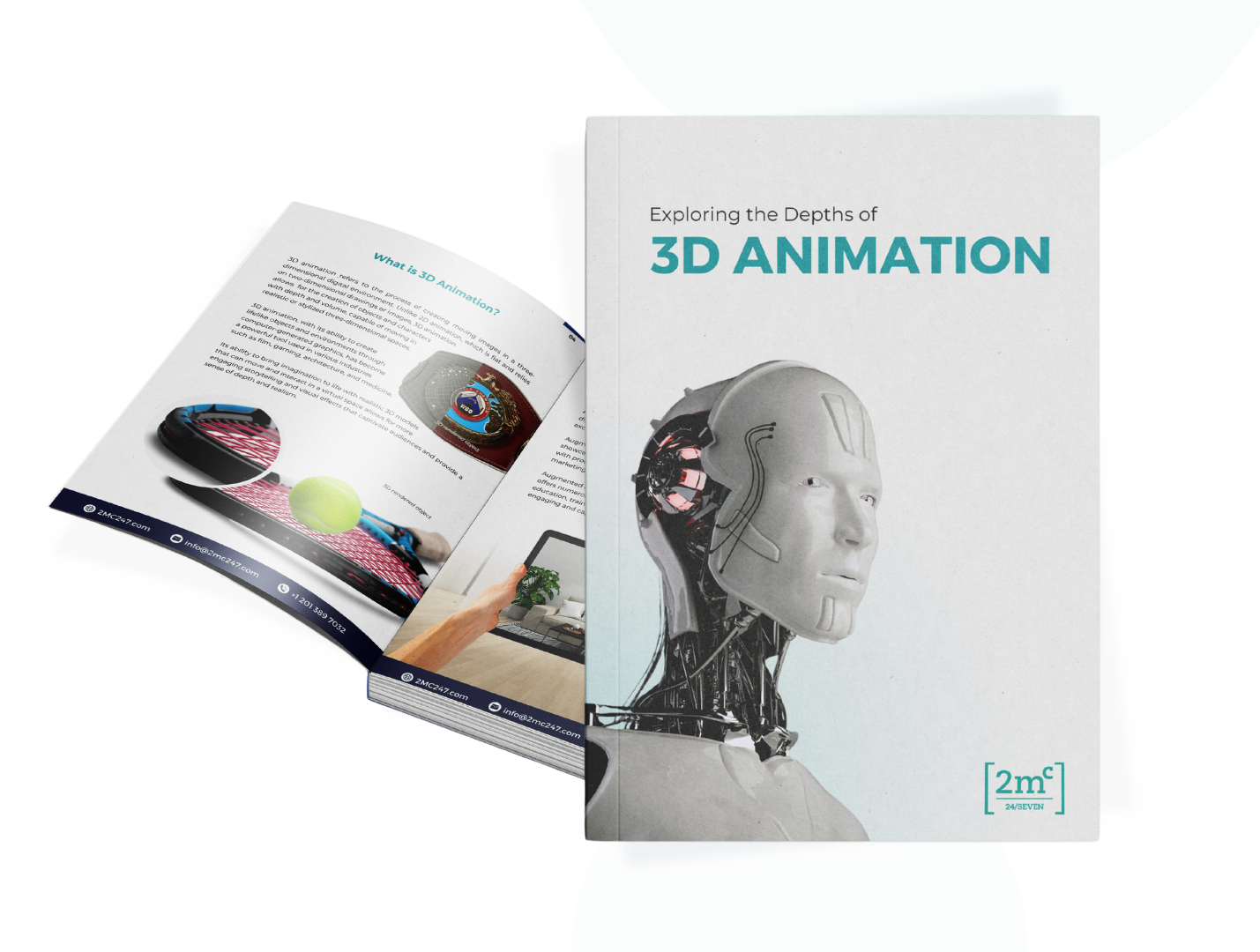The process of designing and testing medical devices has always been challenging. With stringent regulations, the need for precision, and the demand for innovative solutions, companies often face significant hurdles. But what if these challenges could be addressed more efficiently? Enter 3D visualization—a revolutionary approach reshaping how medical devices are developed, tested, and marketed.
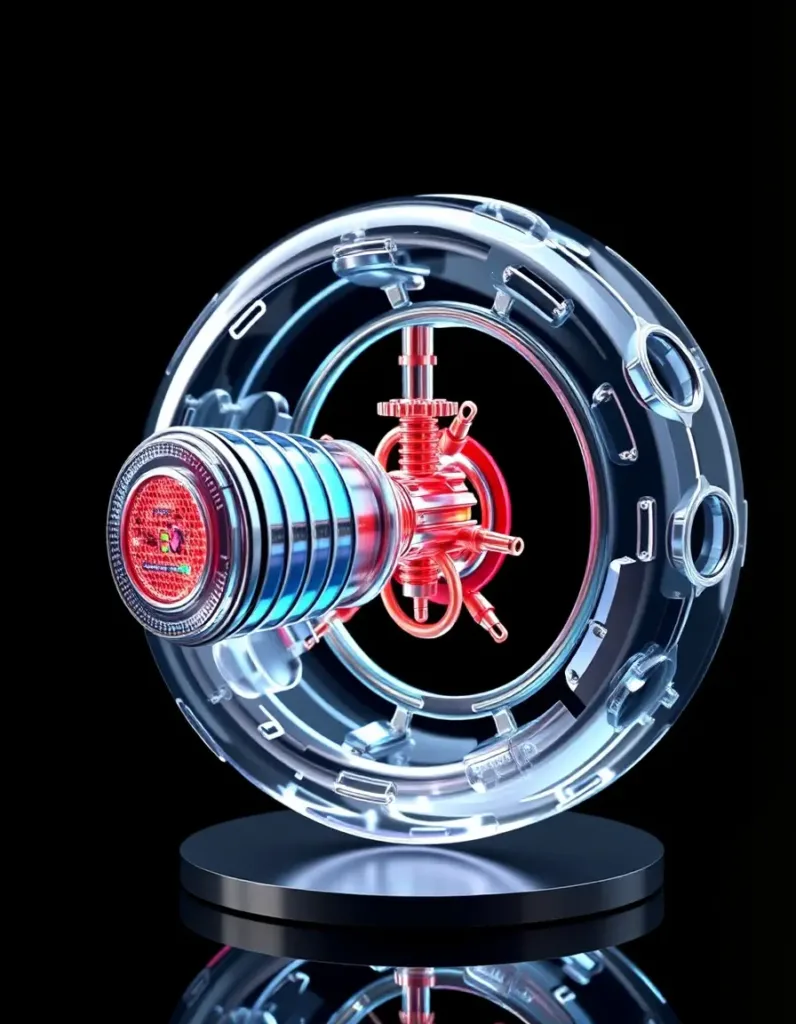
The power of 3D visualization in medical device design
Gone are the days of relying solely on physical prototypes for design iterations. 3D visualization allows medical device developers to create detailed, interactive digital models that accurately replicate the physical product. These models not only improve the design process but also ensure that devices meet the highest safety and usability standards.
Key advantages include:
- Accelerated prototyping: Digital 3D models enable rapid iterations without the time and cost associated with building physical prototypes.
- Precision and accuracy: Complex device geometries and interactions can be visualized, refined, and tested virtually, reducing errors early in the design phase.
- Collaborative innovation: Teams across different locations can view, manipulate, and provide feedback on designs in real-time, speeding up decision-making.
Simulating real-world interactions
A standout feature of 3D visualization is its ability to simulate how a medical device interacts with the human body. From surgical implants to diagnostic equipment, developers can observe how their designs perform under various conditions, ensuring optimal functionality before production.
For example:
- Implants: 3D models can simulate how an orthopedic implant integrates with bone structures, helping refine shapes and materials for the best patient outcomes.
- Diagnostic devices: Complex mechanisms in diagnostic equipment can be analyzed digitally to ensure seamless operation and durability.
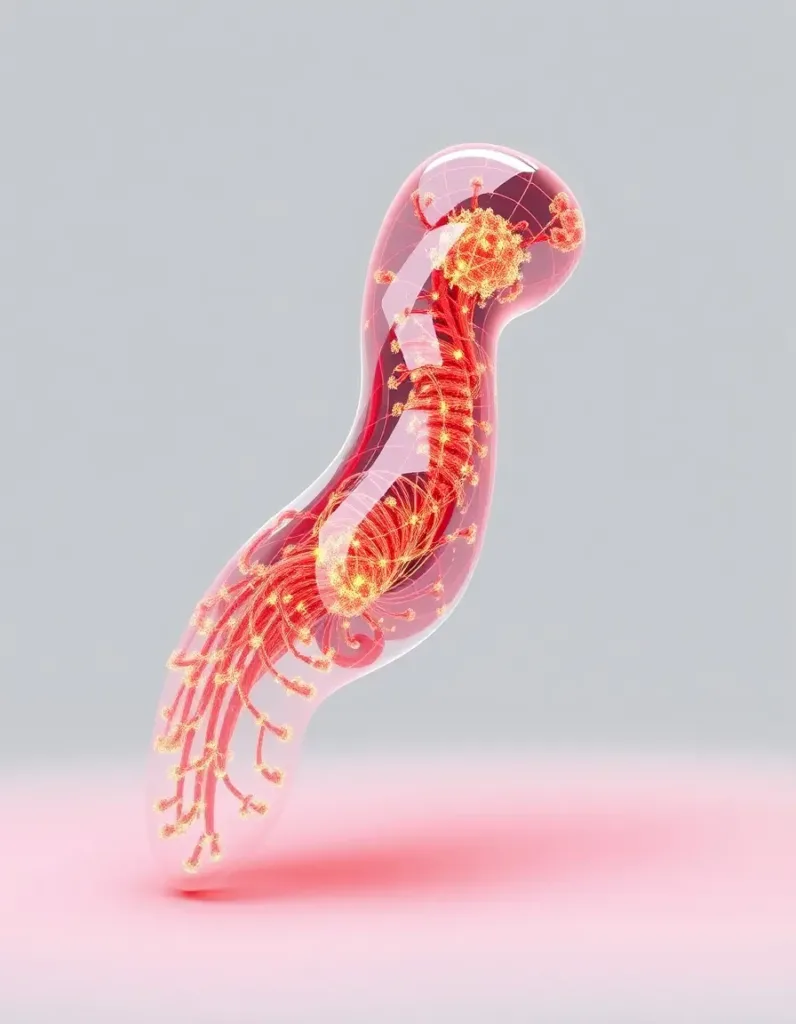
Bridging the gap between developers and stakeholders
3D visualization also plays a pivotal role in communication. Medical device designs can often seem abstract or overly technical to non-specialists. With 3D models, developers can present their ideas in a way that is both visually compelling and easy to understand.
This is especially valuable for:
- Investor presentations: Stunning 3D renderings make it easier to secure funding by clearly demonstrating a product’s potential.
- Regulatory submissions: Interactive models can streamline the approval process by providing regulators with a clear understanding of the device’s functionality.
- Marketing efforts: 3D animations can be used to showcase product features to healthcare professionals and patients, driving adoption.
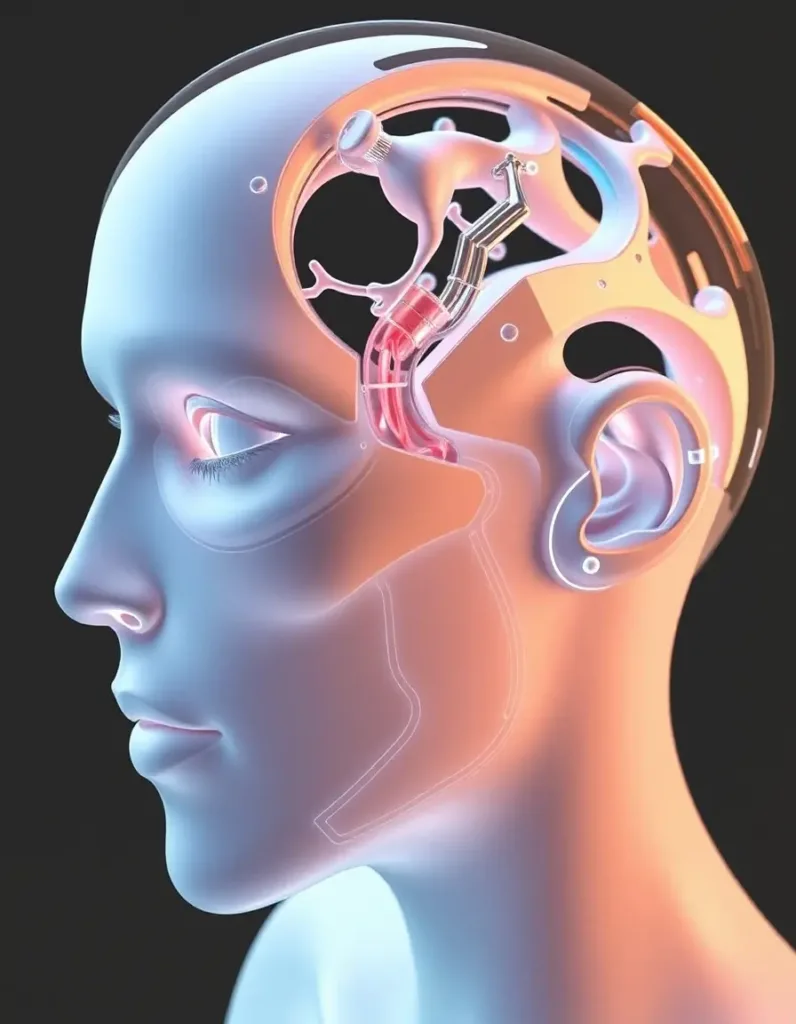
Paving the way for better healthcare solutions
The future of medical devices lies in innovation, and 3D visualization is leading the charge. As technology continues to evolve, we can expect even more sophisticated tools that further enhance the design, testing, and marketing of medical devices. With faster timelines, fewer errors, and reduced costs, this approach is a game-changer for both developers and the patients they serve.
Why choose 2MC 24/7 for your 3D visualization needs?
At 2MC 24/7, we specialize in creating high-quality 3D visuals tailored to the life sciences industry. Our expertise in medical device rendering ensures precision, efficiency, and impactful communication, helping you bring your innovations to life. Whether you need realistic prototypes, engaging animations, or interactive models, we’ve got you covered.
Let us help you revolutionize the way you design medical devices. Contact us today to learn how we can bring your vision to life with 3D visualization!
